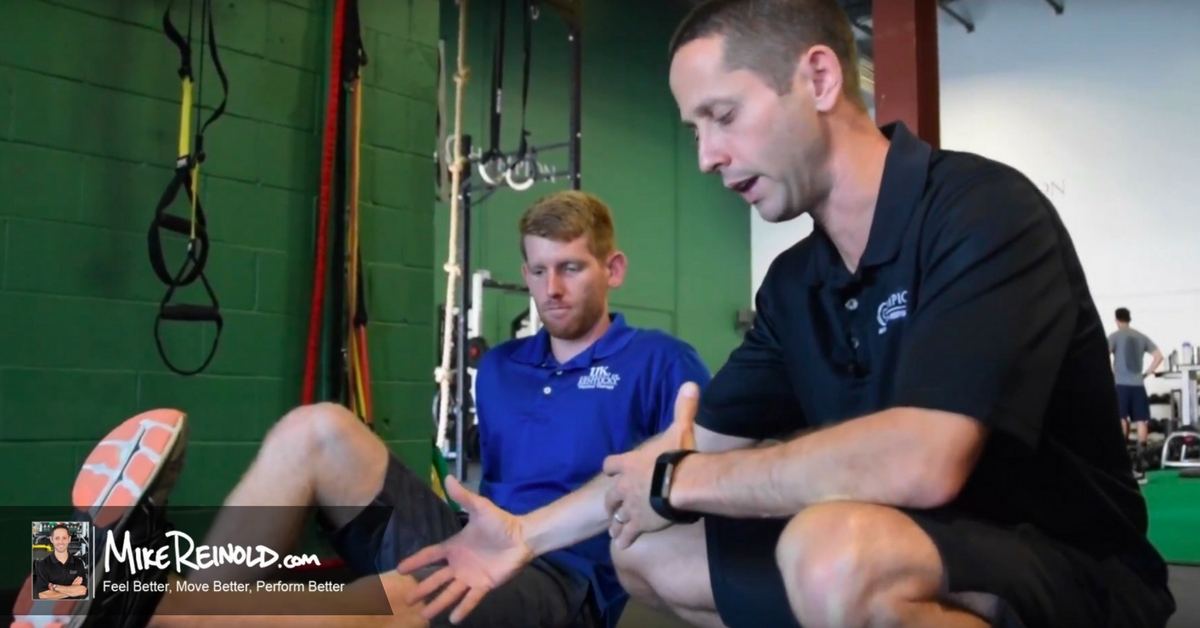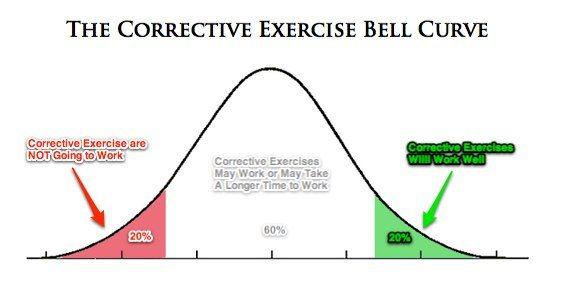With the popularity of self myofascial release skyrocketing over the last decade, we’re seeing people rolling all over the place. And for good reason…
Foam rolling helps you feel and move better.
Foam rollers are great, and I have talked about other self myofascial release tools that I highly recommend you try. But it’s not always just about WHAT you are using to roll out, it’s also about HOW you are performing self myofascial release that is important.
If you combine some of our basic understanding of functional anatomy with our understanding of movement, we can really enhance how you perform self myofascial release to get even better results.
5 Ways to Get More Out of Self Myofascial release
To illustrate this concept, I wanted to share 5 videos demonstrating how you can enhance how you perform self myofascial release.
Reduce the Surface Area
My first video discusses the concept of reducing the surface area while rolling. Again, foam rollers are great. But depending on the tissue you are focusing on when rolling, you may want to reduce the surface area.
When you get used to foam rolling and are looking for a deeper sensation, putting the same amount of body weight on a smaller surface area will obviously increase the applied pressure.
This is also helpful when you are foam rolling an area that is hard to place full body weight on the roller, like the calf, as you will be able to apply more pressure.
Roll in 360 Degrees
In the next video, I discuss the ability to use a mobility sphere to be apply to easily alter the direction of rolling, instead of just back and forth using a foam roller. This is one of my favorite progressions.
Hold a Spot
Often times when rolling, you’ll find one spot that is really tender.
Once you find a tender spot, combine our treatment technique of sustained pressure on the area. Stop rolling and hold pressure on that spot for 10-30 seconds. The goal is not to crush the spot, but rather to gentle hold and increase pressure as the tenderness subsides.
You’ll be surprise how the spot will decrease in tenderness after holding the spot.
Add Active Motion
The next variation is also a simulation of our treatment techniques, this time a pin and stretch. Again, when you find a tender spot, hold it for a duration, then add some active motion of that muscle group.
Focus on slowly moving the muscle through full range of motion while sustain pressure.
Move Another Muscle
On a similar note, you can also pin one muscle and stretch an adjacent muscle. The example I use in the video below is the hamstring and adductor group. You can pin the adductor and slowly flex and extend the knee to move the hamstring.
These examples are just 5 of the many ways we enhance self myofascial release with our patients and clients at Champion. I’d love to hear what you do as well. By combining some of our treatment concepts, we think you can really get a lot more out of your self myofascial release.
If you like this type of content, be sure to follow me on Instagram and Facebook, I’ve been sharing a lot of videos like this:





